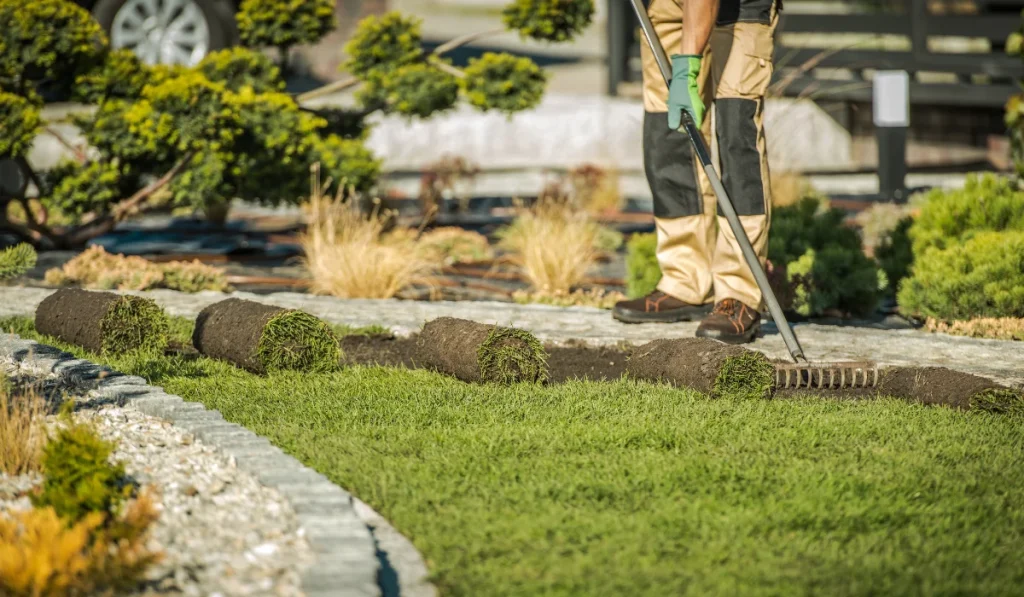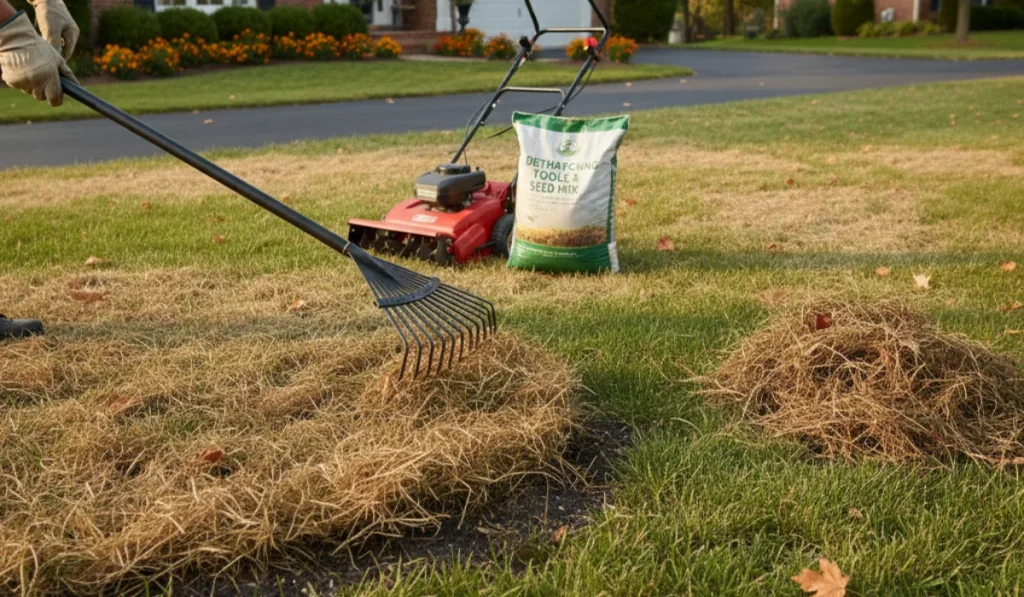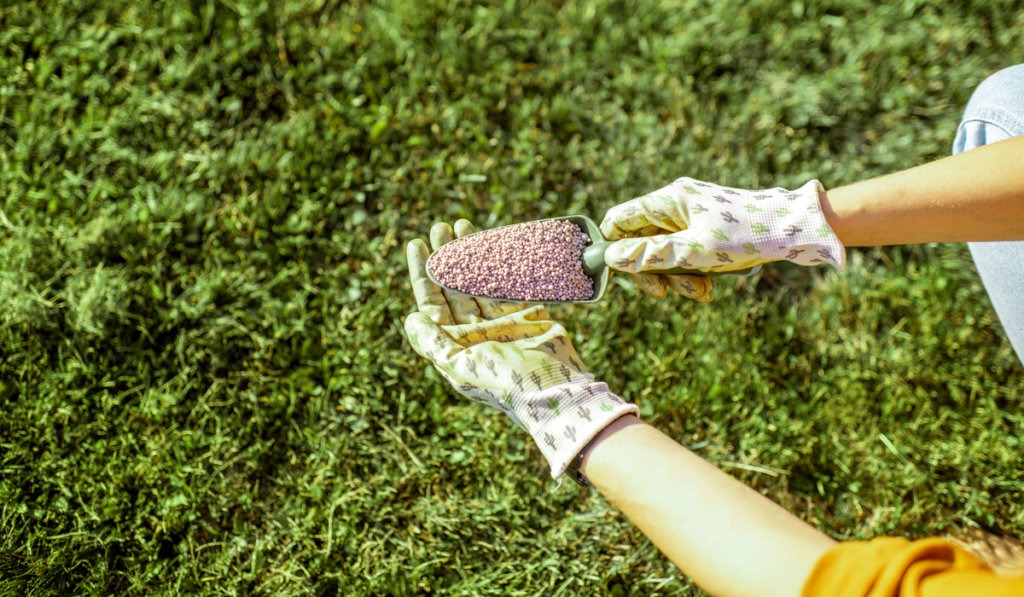Fertilizing your lawn with an underground drip irrigation system is a smart way to keep your grass healthy while saving water.
This method, called subsurface drip irrigation, delivers water and nutrients straight to the roots, reducing evaporation and runoff. It’s an ideal solution for homeowners who want a lush lawn while using less water usage and lowering their water bill.
Here’s how you can start fertilizing with this efficient system.
Key Takeaways
- A drip irrigation system delivers water and nutrients directly to the roots, reducing waste and evaporation.
- Liquid or soluble fertilizers work best with drip systems, and soil testing ensures proper nutrient selection.
- Fertilizer injectors and pressure regulators ensure even water and nutrient flow throughout the entire lawn.
- Regular maintenance, like cleaning lines and checking for leaks, keeps the system efficient and your lawn healthy.
1. Learn About Your Drip System
An underground drip irrigation system delivers water and liquid fertilizer directly to the root zone through drip tubing and emitters. These systems work differently from sprinkler heads or sprayers because they focus on watering the soil rather than spraying water into the air. This reduces evaporation and saves water.
Popular brands like Netafim and EZ-FLO offer reliable equipment like pressure regulators and fertilizer injectors to help set up and maintain your system. These tools ensure water and nutrients flow evenly without clogging the system.
2. Pick the Right Fertilizer
Use liquid fertilizers or soluble fertilizers that dissolve easily and won’t block the drip lines. Organic fertilizers are a great option, especially for homeowners who prefer eco-friendly lawn care.
Test your soil to understand what nutrients your lawn needs. Different soil types, like clay or sand, may require specific fertilizers for the best results.
3. Set Up the Fertigation System
With a drip irrigation system, you can avoid the uneven watering and fertilizer runoff that often happens with a sprinkler system.
Here’s how to set it up:
- Install a fertilizer injector on the mainline of your drip irrigation system. This mixes liquid fertilizer with water as it flows through the pipes.
- Use a pressure regulator to maintain steady water pressure. This keeps the water flow consistent, ensuring that nutrients reach all parts of your lawn evenly.
4. Measure the Fertilizer Amount
Follow the instructions on the chosen type of fertilizer packaging to know how much to use for your lawn.
For example, a common guide is to apply fertilizer per 1,000 square feet of lawn. Check the spacing of your emitters and adjust the amount of fertilizer to match your lawn’s needs.
5. Time Your Fertilization
Apply fertilizer during your regular watering schedule.
Early morning or late afternoon is the best time to fertilize your lawn to reduce evaporation. Combining watering and fertilizing saves time and ensures that the nutrients soak deep into the soil where the plant roots can absorb them.
Tips to Keep Your Drip System Working
A little maintenance goes a long way in keeping your drip irrigation system working efficiently. These quick tips will help you avoid common problems and keep your lawn thriving:
- Clean your drip lines regularly and use filtered water to avoid or prevent future blockages.
- Look at the drip tubing, emitters, and mainline for leaks or wear and tear. Replace broken parts as needed.
- Keep water pressure steady to maintain even water flow, so all parts of your lawn get the same care.
- Aerate your lawn so air, water, and nutrients can penetrate the soil more easily, helping your grass grow stronger.
Frequently Asked Questions
Can a drip system be used in raised beds?
Yes, drip irrigation works well in raised beds. The system can be set up to match the spacing of your plants, ensuring that each one gets the right amount of water and nutrients.
How is drip irrigation better than sprinklers?
Sprinkler systems lose a lot of water to evaporation and often create runoff. Drip systems deliver water directly to the roots, saving water and preventing waste.
Does it work for all soil types?
Yes, but adjustments may be needed. For example, clay soil may need wider spacing between emitters, while sandy soil might need closer spacing to avoid water draining too quickly.



